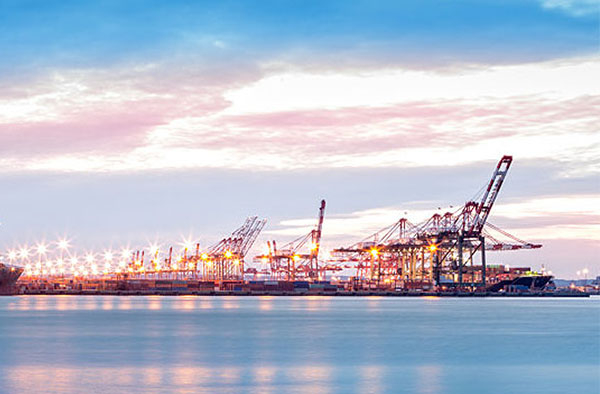We asked Brian Whitlock, Senior Director Analyst with Gartner’s Supply Chain practice, for his perspective on the U.S. Pacific Coast Longshore contract negotiations and what might be the next big port disruption.
The U.S. Pacific Coast Longshore Contract is up for renewal by July 2022. Why is this contract significant?
This contract renewal is important for two reasons. First, it was extended in 2017 and was last negotiated in 2015. That means the current agreement has run for seven years without change. Second, this contract renewal comes at a time when U.S. ports are highly congested and it is forecast to take the better part of 2022 to recover.
If labor disruptions occur during these contract negotiations, it will create compounding disruptions that will further reduce supply chain performance and push port recovery into 2023.
The International Longshore and Warehouse Union (ILWU) wants to renegotiate the terms of the current agreement with the Pacific Maritime Association (PMA) that represents the employers. How has the power balance shifted since the last negotiation round?
Over the past year, the balance of power has shifted to labor in all sectors. With the widespread media attention on shipping delays and impacts on holiday shopping, the PMA will need to contend with an American public that knows more about ports today than they ever have. And during President Biden’s tour of the Baltimore port, he encouraged companies to see the value in creating well-paying jobs.
These events have put a lot of wind in the sails of the ILWU.
From a logistics leader’s perspective - can you describe a best-case and a worst-case scenario?
The best-case scenario would be that the PMA reach an agreement with the ILWU before the contract expires, avoiding labor actions or work slowdowns, while retaining their right to automate without union interference. The worst-case scenario is that contract negotiations drag on for months past the contract deadline, resulting in worker slowdowns and severe congestion and backlogs at the ports.
Port automation has been raised as an area of contention. Why is this, and is there a middle ground you think can be reached?
PMA members have earned the right to automate over the past 15 years of contract negotiations, often conceding to high rates of pay and benefits in return. Three ports have now automated at LA/Long Beach, for example, and a fourth is in progress. This trend is expected to continue as ports invest in new equipment to meet clean air standards by 2030. The ILWU knows that port automation will reduce its membership by 40% - 90%, depending on the extent of automation.
Middle ground may be difficult to find. West coast ports have continued to lose market share over the past 10 years to east and south coast ports due to the low efficiency rates and high cost of west coast ports. Nonetheless, if employers can retain the right to automate without interference, there may be room for labor to participate in the process by planning how they convert current jobs into new jobs that support automation.
How can logistics leaders prepare to minimize disruption?
First, logistics leaders need to manage internal messaging so executives understand the potential impacts and the actions being taken to mitigate disruption. They should also consider the following recommendations and act on any that apply to their business:
- Partner with planning to ensure capacity plans are aligned to demand from sales and operations planning (S&OP)/sales and operations execution (S&OE) processes.
- Consider current backlogs and port throughput performance and extend plans to account for additional delays.
- Use technology to track orders and be prepared to take actions to use alternate routing or ports.
- Build scenario plans to comprehend each disruption type and consider that work slowdowns may be combined with strikes or lockouts.
- Consider changes in production and inventory strategies in addition to alternative modes of transportation.
- Partner with your carriers and forwarders to leverage their capabilities and plans. Ensure you know what actions they plan to take, how they will impact you and your planning.
- Take advantage of this and other disruptions in the past 24 months to get executive buy-in and increased investment in resources and technology to improve future resilience.
SC
MR


Latest Supply Chain News
Latest Podcast

 Explore
Explore
Topics
Procurement & Sourcing News
- Trump picks former Wisconsin congressman Sean Duffy for DOT secretary
- Made in Mexico, manufactured by China
- Retail sales see gains in October, reports Commerce and NRF
- Geopolitical readiness in supply chains: Strategic challenges for leaders
- With capacity to spare, logistics real estate demand remains subdued
- Tariffs, taxes and trade: The impact of Trump’s reelection on the supply chain
- More Procurement & Sourcing
Latest Procurement & Sourcing Resources

Subscribe

Supply Chain Management Review delivers the best industry content.

Editors’ Picks




